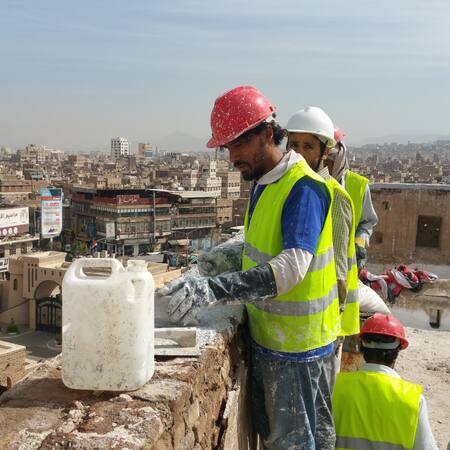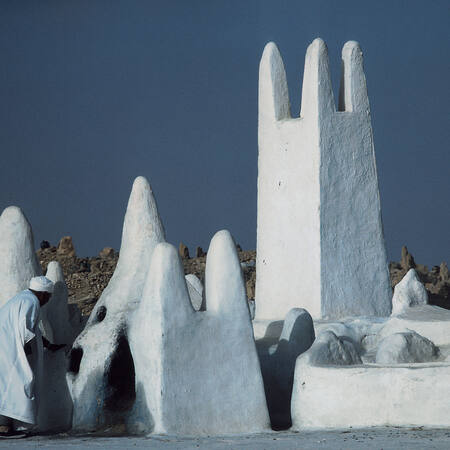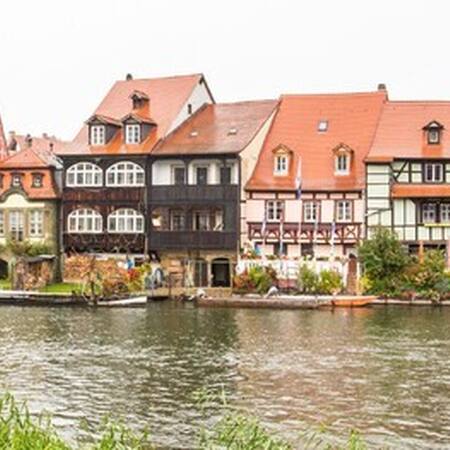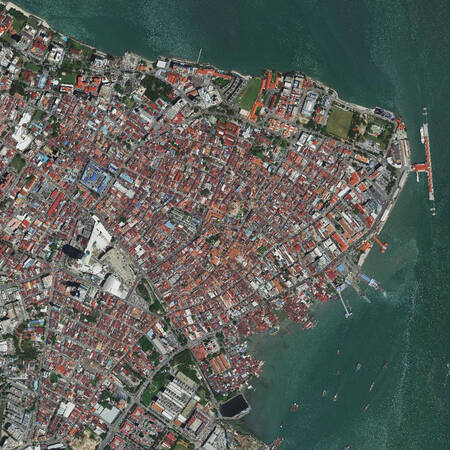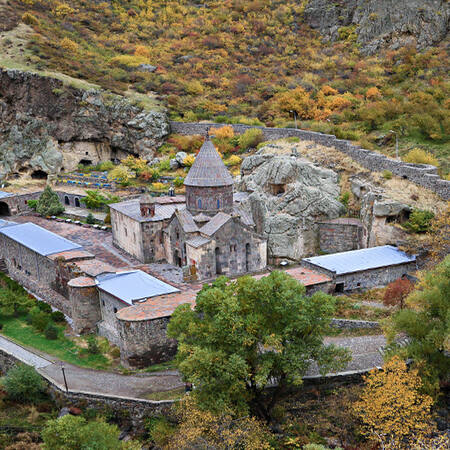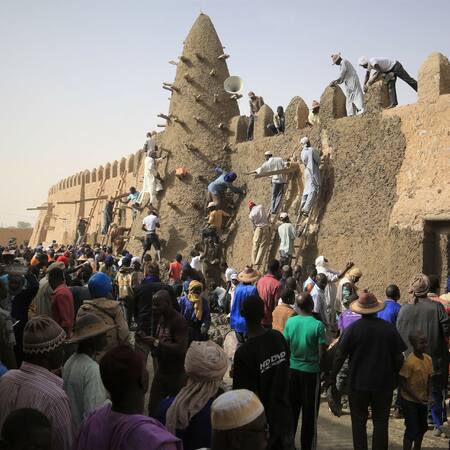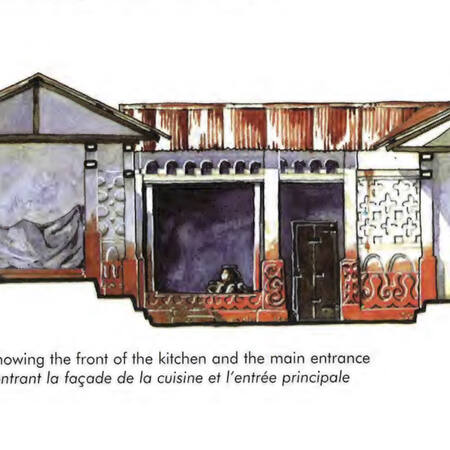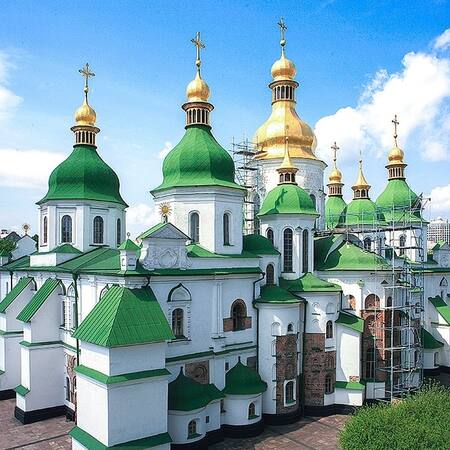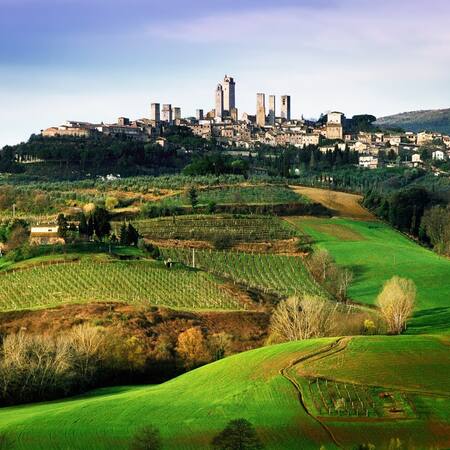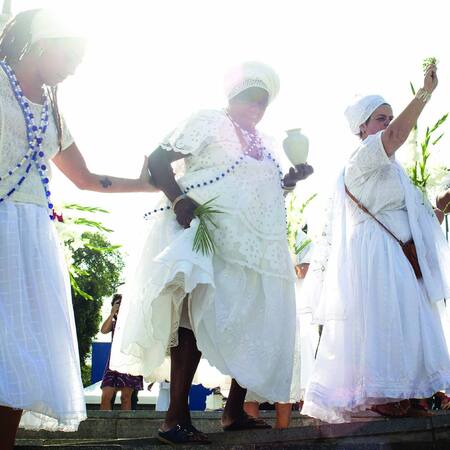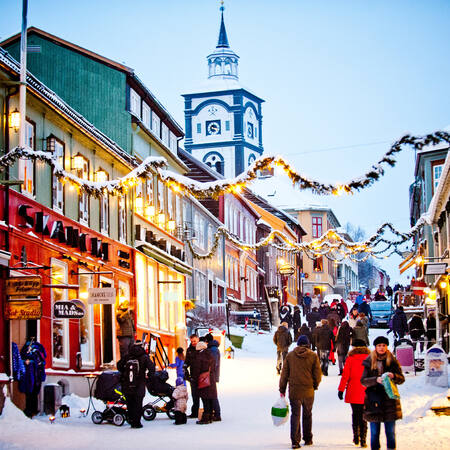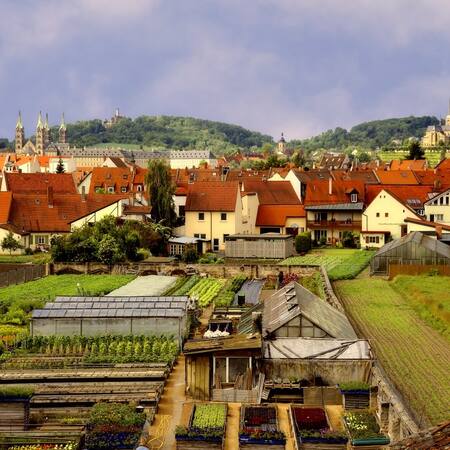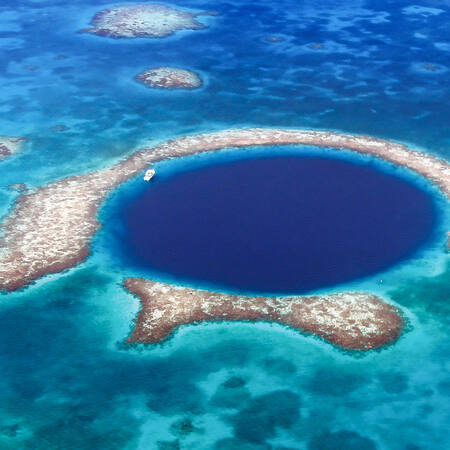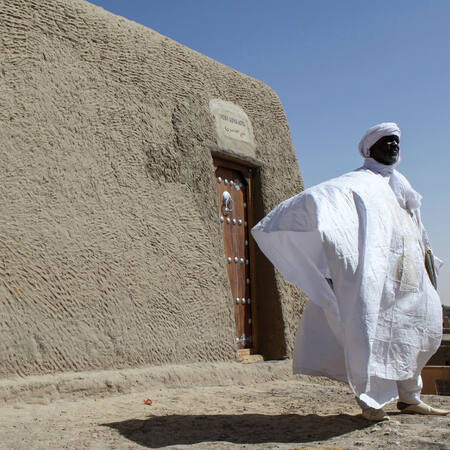Cash for work: promoting local employment through heritage conservation in historic cities (Yemen)
In the context of long-standing conflict, a cash-for-work scheme provides young people with employment opportunities while contributing to the conservation of urban heritage in four historic cities.
Marine Programme: State of Conservation Reporting
Marine Programme: State of Conservation Reporting © World Heritage status signifies that a place is unique and irreplaceable. But the recognition comes with responsibilities. As a condition for ...
Promoting traditional environmental knowledge in the M’Zab Valley (Algeria)
The traditional settlements of the M’Zab valley were adapted to their environment and climate. Floodable areas were occupied only by temporary structures and not by dwellings. Water infrastructure was a core ...
Reintroduction of hydropower in the mills district of the Town of Bamberg (Germany)
The installation of a new water turbine at the site of the former water mills in the Town of Bamberg follows traditional water practices while respecting the Outstanding Universal Value of the property. The new ...
From port city to World Heritage site: case study of George Town (Malaysia)
The multi-cultural historic city of George Town developed a strategy to build on its rich and diverse cultural heritage as a resource for local development and livelihoods after its free trade port status was ...
Management of World Heritage Sites in Armenia
UNESCO seeks to encourage the identification, protection, preservation and conservation of cultural and natural heritage around the world considered to be of outstanding value to humanity. This is embodied in the ...
Reconstruction of the destroyed mausoleums of Timbuktu (Mali)
After armed conflict resulted in the destruction of several historical mausoleums, these were reconstructed using traditional knowledge systems as part of an international cooperation campaign. The reconstruction of ...
Transmitting and documenting the vernacular architecture of the Asante Traditional Buildings (Ghana)
Published in 2021, a new edition of the 1999 reference publication “Asante Traditional Buildings” updates and expands this important record of their outstanding architecture, making it once again available for the ...
Setting up a World Heritage management framework in Kyiv (Ukraine)
A new, unified buffer zone and a management plan aim to preserve the Outstanding Universal Value of the World Heritage site “Kyiv: Saint-Sophia Cathedral and Related Monastic Buildings, Kyiv-Pechersk Lavra” and ...
Conservation as a driver for development: the case of Vigan (Philippines)
Along with the nomination process of the Historic City of Vigan as a World Heritage site in 1999, the local government developed an ambitious conservation and management plan for the site. By implementing this ...
Between 2013 and 2020, an extensive programme of expert surveying, studies and conservation works aimed to reinforce and stabilise the military structures of the World Heritage site. The programme was implemented ...
Developing sustainable rural tourism in San Gimignano (Italy)
In reaction to the sharp increase in incoming visitors over the last decades, San Gimignano has developed several initiatives to support jobs and local livelihoods while respecting the town’s cultural heritage, ...
Washing of the Valongo Wharf, Rio de Janeiro (Brazil)
The symbolic ritual of cleaning and purification pays tribute to the spirits of the African ancestors who reached this entry port in captivity. The ritual started shortly after the discovery of the remains in 2011, ...
Preserving traditional farming through cooperative systems in Røros (Norway)
A farming cooperative system conserves the agricultural landscape around the historic town of Røros and promotes sustainable tourism.
Through a series of strategic actions, Urbino has sought to improve its environmental sustainability and promote climate change mitigation and adaptation. An update of the management plan is currently under way in ...
Strengthening residents’ connection with their gardening heritage in Bamberg (Germany)
In the city of Bamberg, traditional gardening practices are part of the city’s strategy to promote urban sustainability. The COVID-19 pandemic helped to strengthen the local community’s connection with its gardening ...
Saving nature and livelihoods: Belize
The Belize Barrier Reef Reserve System (BBRRS) won its place on the World Heritage List in 1996 as an outstanding natural system, consisting of the largest barrier reef in the northern hemisphere, offshore atolls, ...
Community conservation: Timbuktu
As of May 2012, the Government of Mali sought help from the international community through UNESCO. Timbuktu and the Tomb of Askia were placed on the List of World Heritage in Danger and UNESCO initiated a series of ...
The site’s values are communicated to the public through signage, publications and interpretation at visitor centres. The Maori have been involved in creating displays explaining the cultural and natural ...
Creating reconciliation: Mostar Bridge
During the conflict that tore apart the former Yugoslavia in the 1990s, the beautiful Old Bridge in Mostar, Bosnia and Herzegovina, was completely destroyed.
